Maayan Sophia Weisstub (born 1992, Jerusalem) is a multidisciplinary artist. She is currently based in London while she completes her MA in IED (Information Experience Design) at the Royal College of Art. Weisstub’s work is eclectic, engaging with styles and techniques that range from humorist collages to political installations.
Her work deals with various topics inspired by her inner world and the universal experience, encouraging audiences to shift the way they perceive the world around them. These works often revolve around the investigation of human behavior and awareness of the body. Weisstub is currently working on a project highlighting the relationship between people and inanimate objects. The project will represent how individuals process their own reality by projecting feelings and memories onto the physical world around them in an attempt to preserve the present or relive the past. Weisstub has taken part at the 24th Gabrovo Biennial of Humor and Satire in Art. Her work has shown at the Lothringer13 Halle (Munich), Pavlov’s Dog (Berlin), Millepiani (Rome) among other galleries. Maayan’s work has been featured in “Based Istanbul” magazine, “Kaltbult” magazine,” Design Taxi” and many more.

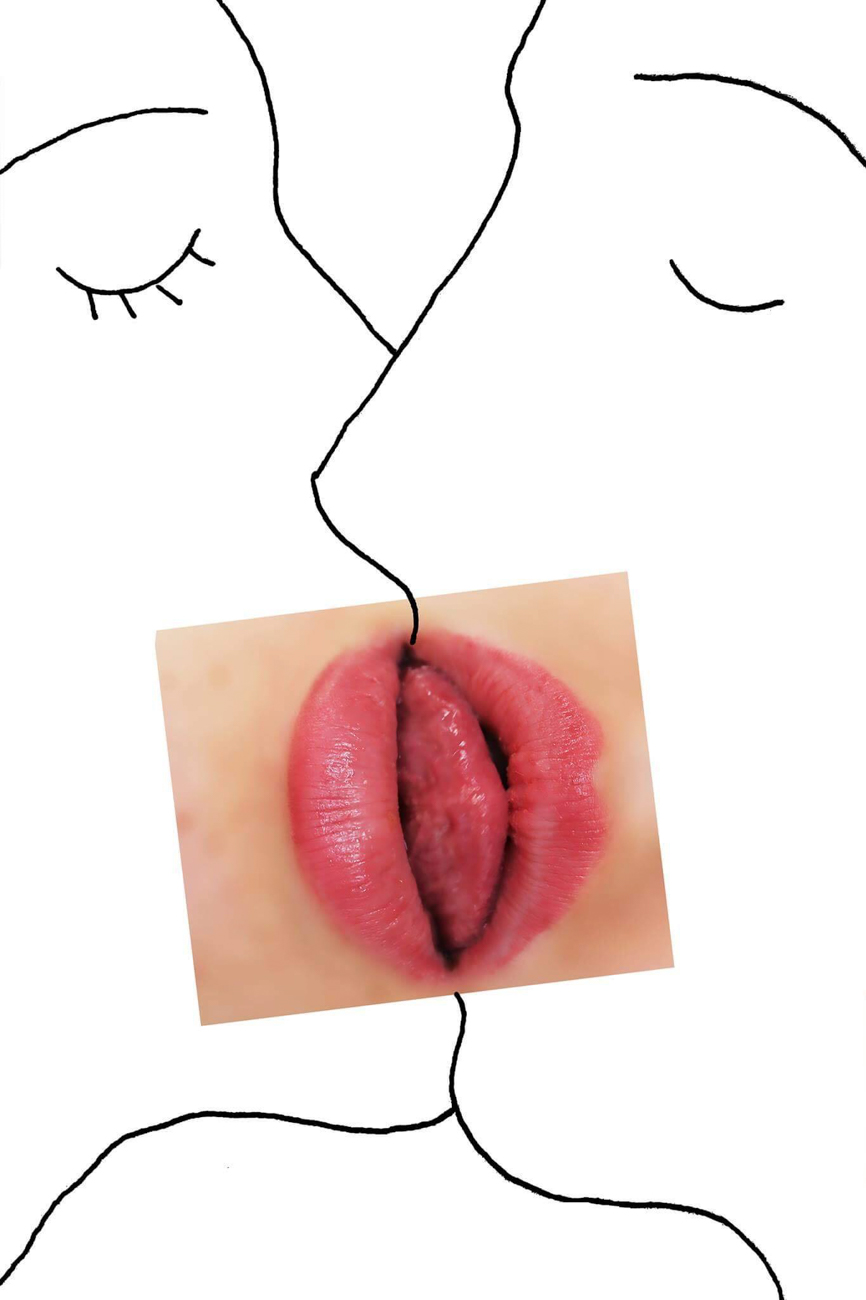
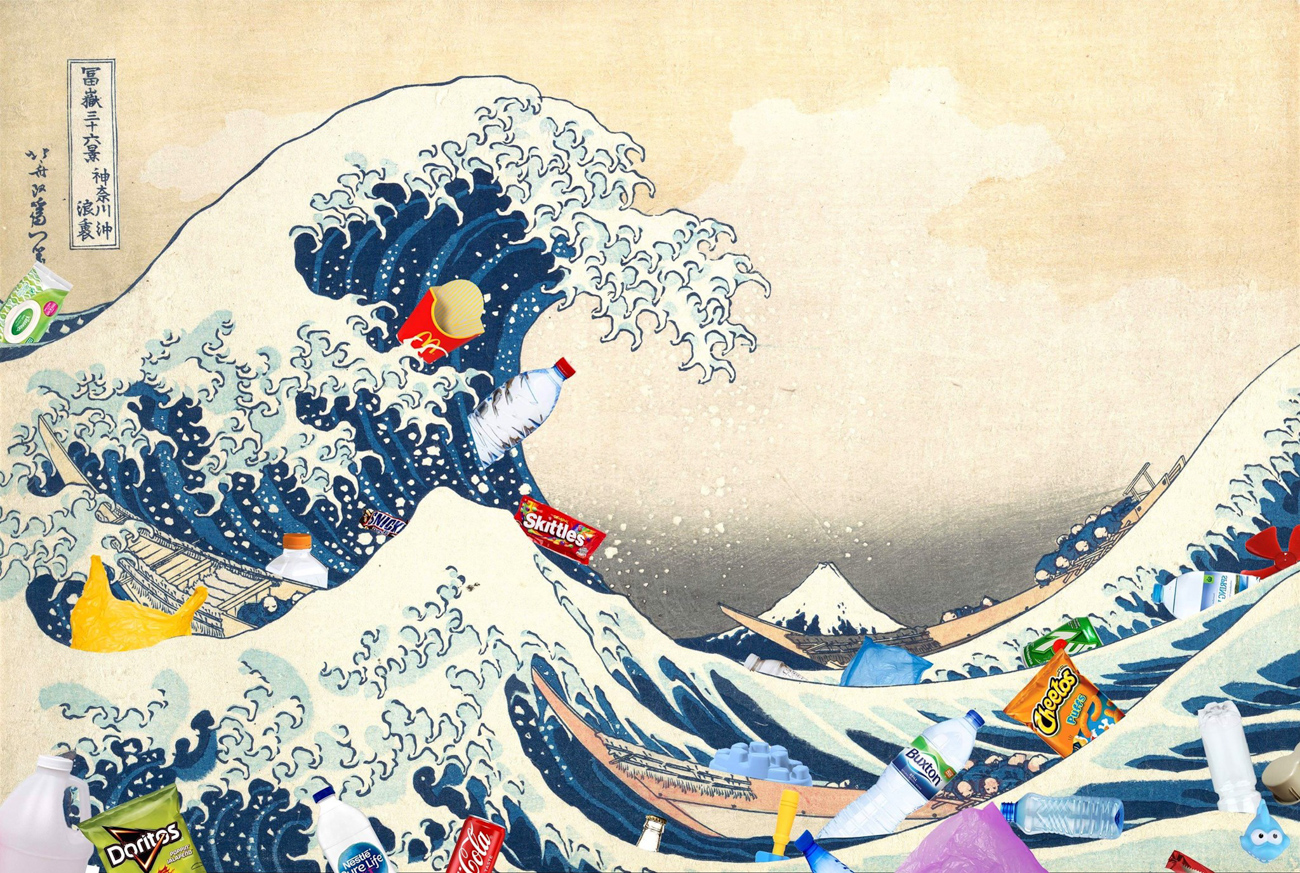
In Conversation With: Maayan Sophia Weisstub
Gili Benita: When did you find interest in art and what got you started?
Maayan Sophia Weisstub: I’ve always been interested in art and artistic expression. I have clear memories of that from kindergarten, even. Sometime during my early teenage years, I found art as a way to express myself, and around age 15 I started developing a more consistent practice and style.
GB: What is the best way to describe your personal work?
MSW: This is the most difficult question for me to answer. My work deals with various topics inspired by both my inner world and the universal experience, and I try to encourage my audience to shift the way they perceive the world around them. While my work often revolves around the investigation of human behavior and awareness of the body, it is versatile and I don’t have one style—it ranges from humorous to unsettling, naive to brutal, sexual to grim, sometimes all of the above. My inspirations are eclectic and that’s reflected in the differing types of work I produce, ranging from collages to political installations.
GB: Your work involves a lot of photo collages along with illustrations. What brought you to connect those mediums together?
MSW: Combining mediums always felt natural to me. I’ve always enjoyed taking pictures and drawing, so the combination just happened. I often doodled over the newspaper—it helped me bring out different elements in photos.
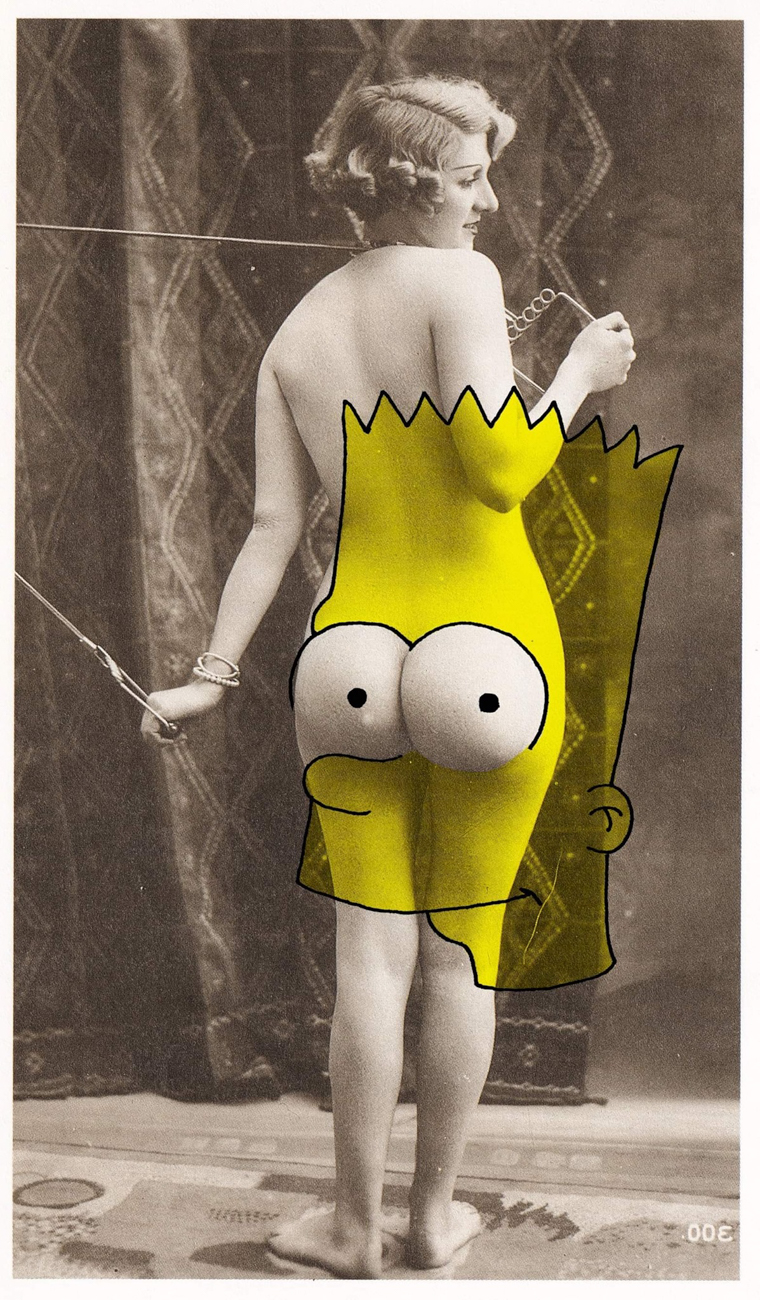


GB: That leads me to the next question, how much photography is a major part of your work?
MSW: I love photography, and it’s a major part of my work. The iPhone has made taking photos very approachable, I also walk around with my digital camera which enables me to take higher resolution pictures and videos when needed. This advancement lets me capture moments quickly and easily, without any special equipment.
GB: What’s the role of the human body in your work?ֿ
MSW: In most of my work the corporeal form is present in one way or another: sometimes partial, sometimes in the background, and sometimes as the main subject. The human body for me represents existence, pleasure, pain, connection, and, in a way, the element that connects us to our humanity.
GB: How does living on the line of Tel Aviv – London works for as an artist?
Is creating outside of your home country is an advantage for you?
MSW: I was looking forward to exploring that complexity, but unfortunately, most of my time in London has been spent in various stages of lockdown and quarantine. My first few months in London (autumn and winter 2019) exposed me to a new, stimulating reality, but COVID has greatly limited my external exposure and confined me to living in isolation in a new country. Living this way has helped me understand that I carry my home country with me in many ways, but I’m still learning and being influenced by my new surroundings visually and emotionally.
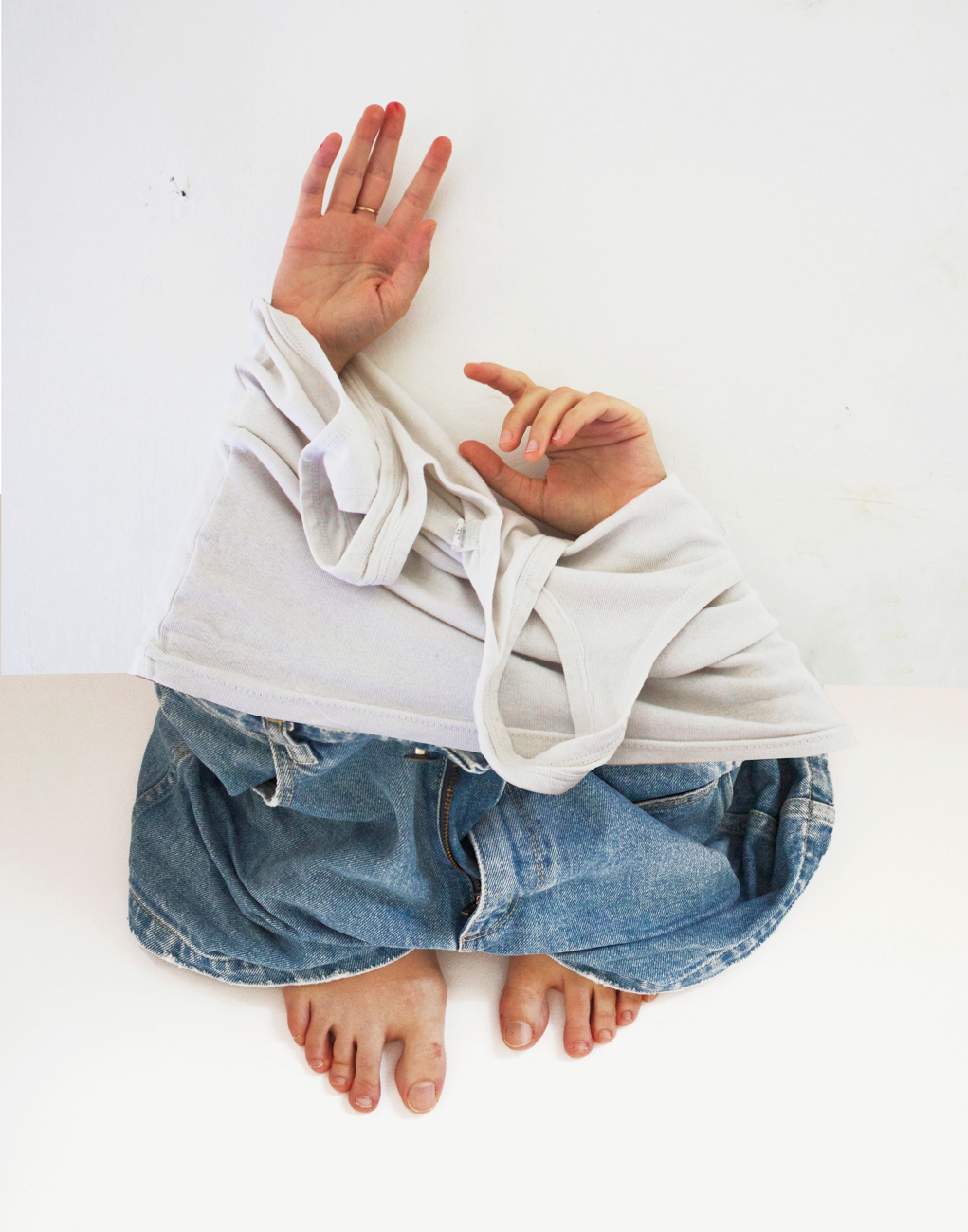
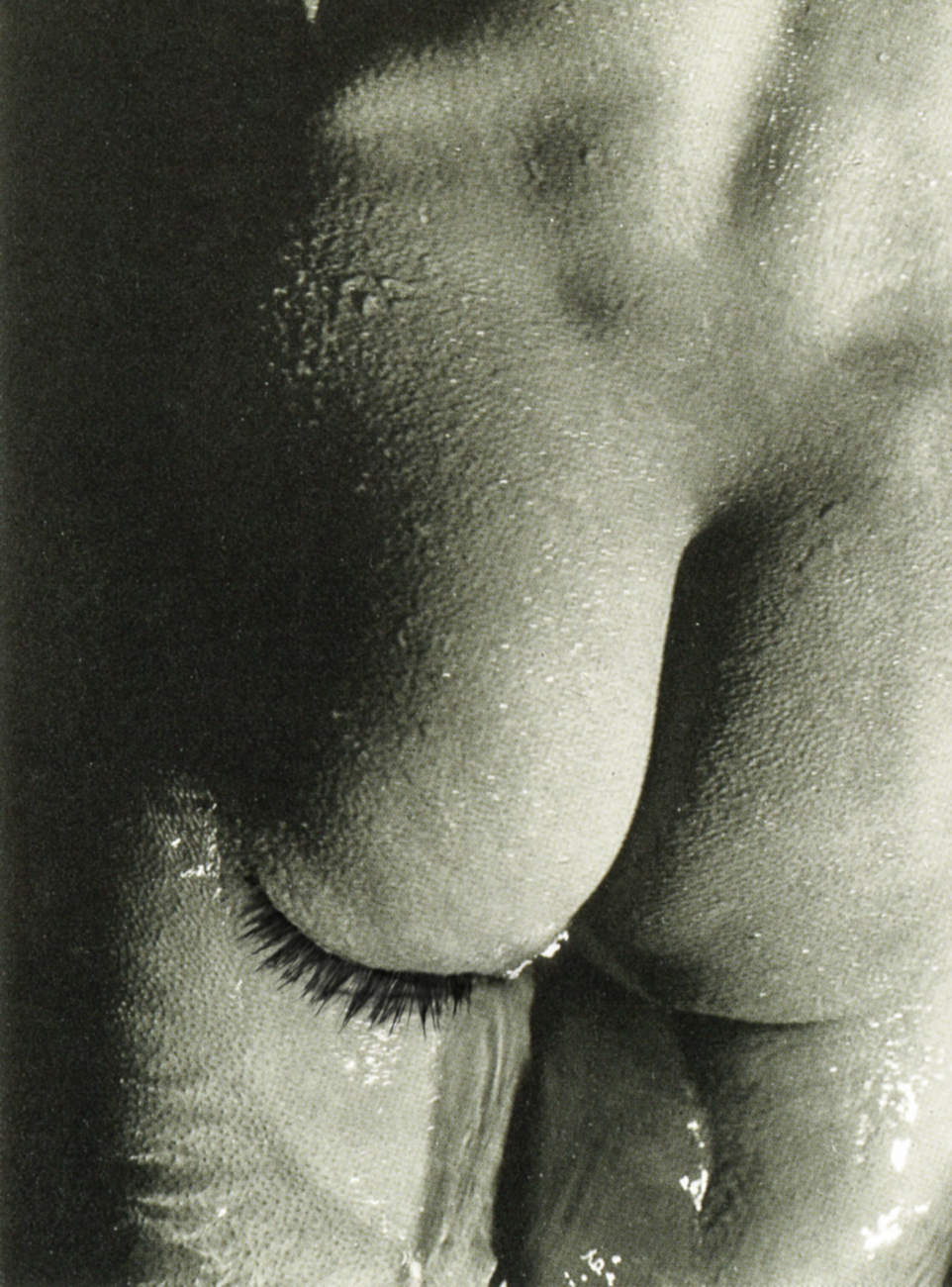


GB: As an Israeli artist, do you feel like this place has affected your work? Is it a part of Inspiration?
MSW: It most certainly is, as anyone’s home is a part of them no matter where they’re from. I’m probably unaware of all the effects that being born in Jerusalem and living in Tel Aviv have on me, but I do know that my family ties, my childhood friends, and the politics of the region have all effected me and hopefully made me more aware of political and social agendas.
GB: You are working on personal projects that involve a high level of intimacy. Do you find it as something that drains you emotionally or brings you fresh energy?
MSW: I think the intimacy of my work mostly brings in new energy, as it helps me release inner tensions. I am drawn to working on personal and intimate projects as a way to fertilize myself and my growth by engaging with my internal dialogue.
GB: Can you elaborate on what you are working on these days?
MSW: I’m currently focused on my final project for my master’s at the Royal College of Art. The project deals with the relationship between people and inanimate objects and will represent how individuals process their own reality by projecting feelings and memories onto the physical world around them in an attempt to preserve the present or relive the past.
GB: What do you want the readers to take away from your work?
MSW: Hopefully, my work will allow the readers to connect to their surroundings from a new point of view, shift something within them, and make them feel something fresh and different.
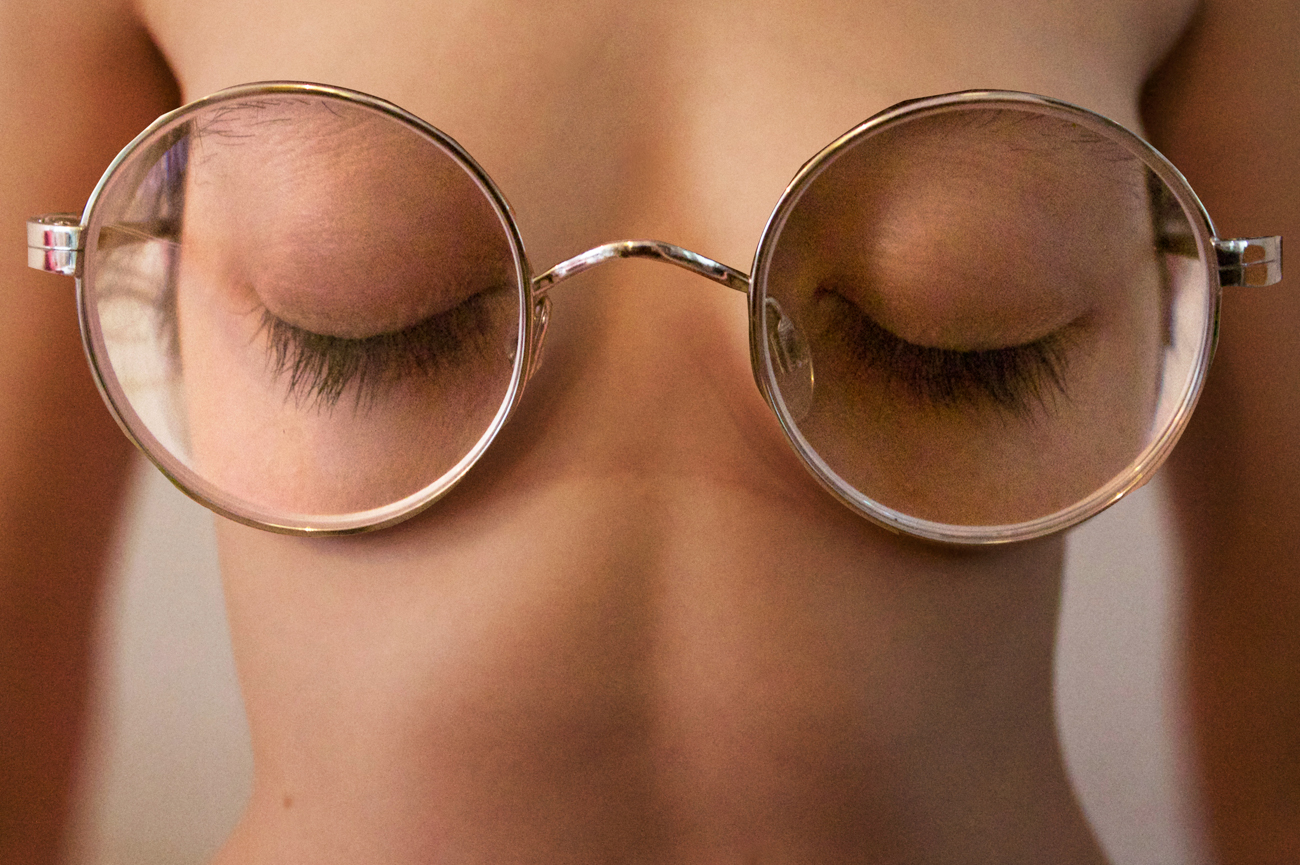




To view more of Weisstub’s work please visit her website.